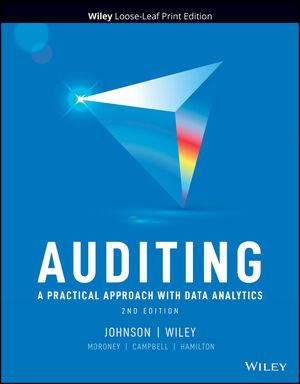Bill of exchange is a binding agreement by one party to pay a fixed amount of cash to another party as of a predetermined date or on demand. Bills of exchange are primarily used in international trade. A bill of exchange is transferable, hence, the drawer, Mr. Ahamed, can endorse it to another party or discount it with a bank. a) The benefits Ahamed derives from the use of Bills of exchange include, Bill of exchange fixes the date on which the payment is to be made. It contains all the terms and conditions about the payment that has to be made. - It can be used to settle other debts of the drawer by endorsement to creditors. In case of urgency of fund, the drawer can get the payment through discounting the bill from the bank and without waiting for the maturity period. b) The amount received by Ahamed on discounting the bills is OMR 24,500. Bill amount = OMR 25,000 Discount rate = 6% p.a. Explanation: Period of the bill = 4 months While discounting the bills with bank, the bank will make the payment only after deducting some interest (discount). The discount amount in this case will be 25,000 x 6% * 4/12 = 1,500 4/12 - OMR 500. Hence, the bank will pay OMR 25,000 less discount OMR 500, that is OMR 24,500 to Ahamed. Discounting the bill with bank was the right decision taken by Ahamed. His choice to forego the option of borrowing short term loan is justifiable because, borrowing short term loan will give Ahamed an added obligation of payment of interest at 8% as well as the repayment of loan amount. It will increase his liability and decrease his profitability. Discounting of the bill at 6% which is less than the rate of interest of short term loan, will cause him only an expense of OMR 500 as discount without further obligations in the future. c) Journal entries in the book of Bank Dutie Accounts and plantion 2 Jan 19 Receivable Ahamed Account Credit 24.500 sod Bill of exchange is a binding agreement by one party to pay a fixed amount of cash to another party as of a predetermined date or on demand. Bills of exchange are primarily used in international trade. A bill of exchange is transferable, hence, the drawer, Mr. Ahamed, can endorse it to another party or discount it with a bank. a) The benefits Ahamed derives from the use of Bills of exchange include, Bill of exchange fixes the date on which the payment is to be made. It contains all the terms and conditions about the payment that has to be made. - It can be used to settle other debts of the drawer by endorsement to creditors. In case of urgency of fund, the drawer can get the payment through discounting the bill from the bank and without waiting for the maturity period. b) The amount received by Ahamed on discounting the bills is OMR 24,500. Bill amount = OMR 25,000 Discount rate = 6% p.a. Explanation: Period of the bill = 4 months While discounting the bills with bank, the bank will make the payment only after deducting some interest (discount). The discount amount in this case will be 25,000 x 6% * 4/12 = 1,500 4/12 - OMR 500. Hence, the bank will pay OMR 25,000 less discount OMR 500, that is OMR 24,500 to Ahamed. Discounting the bill with bank was the right decision taken by Ahamed. His choice to forego the option of borrowing short term loan is justifiable because, borrowing short term loan will give Ahamed an added obligation of payment of interest at 8% as well as the repayment of loan amount. It will increase his liability and decrease his profitability. Discounting of the bill at 6% which is less than the rate of interest of short term loan, will cause him only an expense of OMR 500 as discount without further obligations in the future. c) Journal entries in the book of Bank Dutie Accounts and plantion 2 Jan 19 Receivable Ahamed Account Credit 24.500 sod







